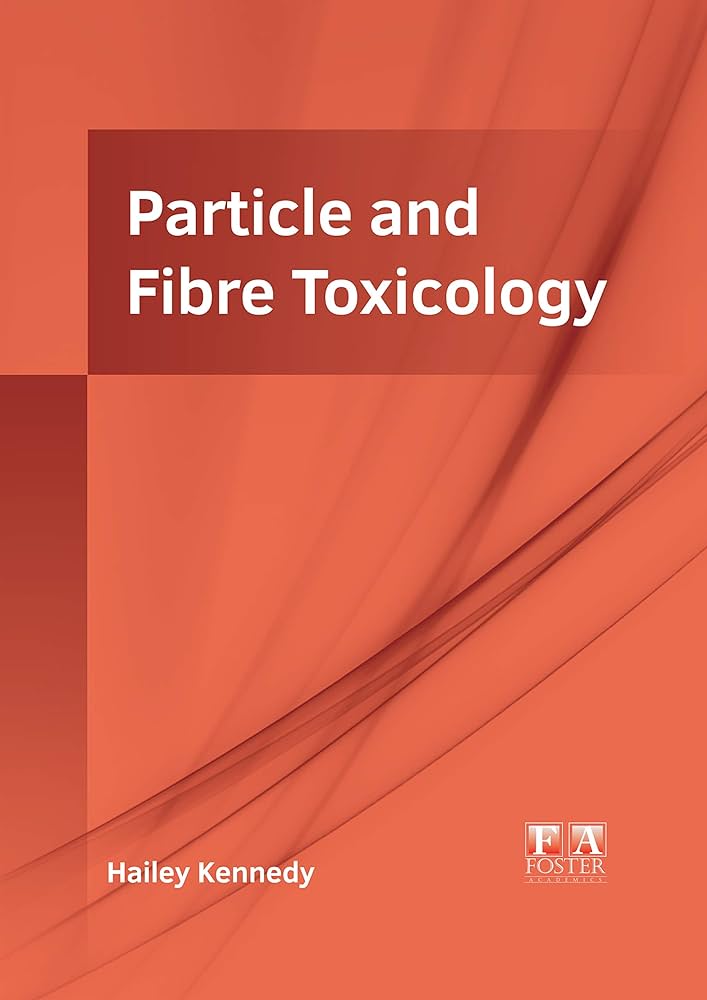急性和持续暴露于空气中的细颗粒物(PM2.5):不同的外层血液-视网膜屏障损伤和疾病易感性
IF 8.2
1区 医学
Q1 TOXICOLOGY
引用次数: 0
摘要
空气污染与视网膜疾病(如老年性黄斑变性)之间的关系已经得到证实,但其致病相关性尚不清楚。由视网膜色素上皮(RPE)和绒毛膜组成的外层血液-视网膜屏障(oBRB)受损是眼底疾病发生的关键。为了描述空气中的细颗粒物(PM2.5)对oBRB和疾病易感性的影响。通过滴入含有 PM2.5 的眼药水,建立了 PM2.5 暴露小鼠模型。应用光学相干断层扫描血管造影术、透射电子显微镜、RPE免疫荧光染色和 Western 印迹法研究 oBRB 的变化。建立了ARPE-19细胞与伸展血管内皮细胞的共培养模型,以确定脉络膜血管舒张在PM2.5相关RPE损伤中的作用。小鼠急性暴露于 PM2.5 会导致脉络膜血管扩张、RPE 紧密连接受损,并最终增加视网膜水肿的风险。这些表现与中央浆液性脉络膜视网膜病变(CSC)所代表的脉络膜病变非常相似。持续暴露于PM2.5后,RPE的损伤逐渐得到修复,但在持续的脉络膜炎症作用下,出现了与AMD相关的早期视网膜退行性病变。本研究揭示了不同暴露持续时间下oBRB的病理变化,为预防PM2.5相关眼底疾病和公共卫生政策的制定提供了有价值的参考。本文章由计算机程序翻译,如有差异,请以英文原文为准。
Acute and continuous exposure of airborne fine particulate matter (PM2.5): diverse outer blood–retinal barrier damages and disease susceptibilities
The association between air pollution and retinal diseases such as age-related macular degeneration (AMD) has been demonstrated, but the pathogenic correlation is unknown. Damage to the outer blood–retinal barrier (oBRB), which consists of the retinal pigment epithelium (RPE) and choriocapillaris, is crucial in the development of fundus diseases. To describe the effects of airborne fine particulate matter (PM2.5) on the oBRB and disease susceptibilities. A PM2.5-exposed mice model was established through the administration of eye drops containing PM2.5. Optical coherence tomography angiography, transmission electron microscope, RPE immunofluorescence staining and Western blotting were applied to study the oBRB changes. A co-culture model of ARPE-19 cells with stretching vascular endothelial cells was established to identify the role of choroidal vasodilatation in PM2.5-associated RPE damage. Acute exposure to PM2.5 resulted in choroidal vasodilatation, RPE tight junctions impairment, and ultimately an increased risk of retinal edema in mice. These manifestations are very similar to the pachychoroid disease represented by central serous chorioretinopathy (CSC). After continuous PM2.5 exposure, the damage to the RPE was gradually repaired, but AMD-related early retinal degenerative changes appeared under continuous choroidal inflammation. This study reveals oBRB pathological changes under different exposure durations, providing a valuable reference for the prevention of PM2.5-related fundus diseases and public health policy formulation.
求助全文
通过发布文献求助,成功后即可免费获取论文全文。
去求助
来源期刊

Particle and Fibre Toxicology
TOXICOLOGY-
CiteScore
15.90
自引率
4.00%
发文量
69
审稿时长
6 months
期刊介绍:
Particle and Fibre Toxicology is an online journal that is open access and peer-reviewed. It covers a range of disciplines such as material science, biomaterials, and nanomedicine, focusing on the toxicological effects of particles and fibres. The journal serves as a platform for scientific debate and communication among toxicologists and scientists from different fields who work with particle and fibre materials. The main objective of the journal is to deepen our understanding of the physico-chemical properties of particles, their potential for human exposure, and the resulting biological effects. It also addresses regulatory issues related to particle exposure in workplaces and the general environment. Moreover, the journal recognizes that there are various situations where particles can pose a toxicological threat, such as the use of old materials in new applications or the introduction of new materials altogether. By encompassing all these disciplines, Particle and Fibre Toxicology provides a comprehensive source for research in this field.
 求助内容:
求助内容: 应助结果提醒方式:
应助结果提醒方式:


